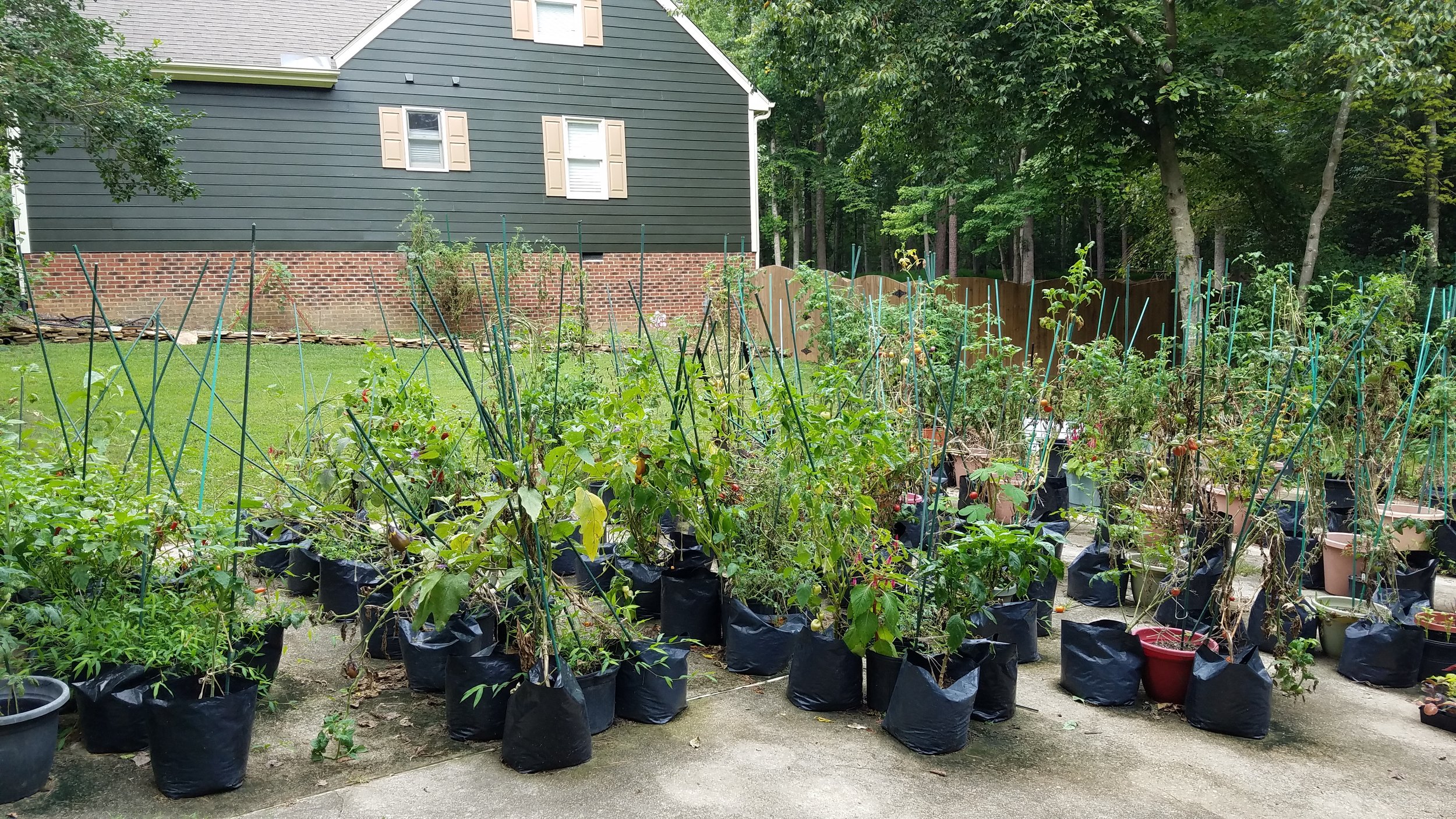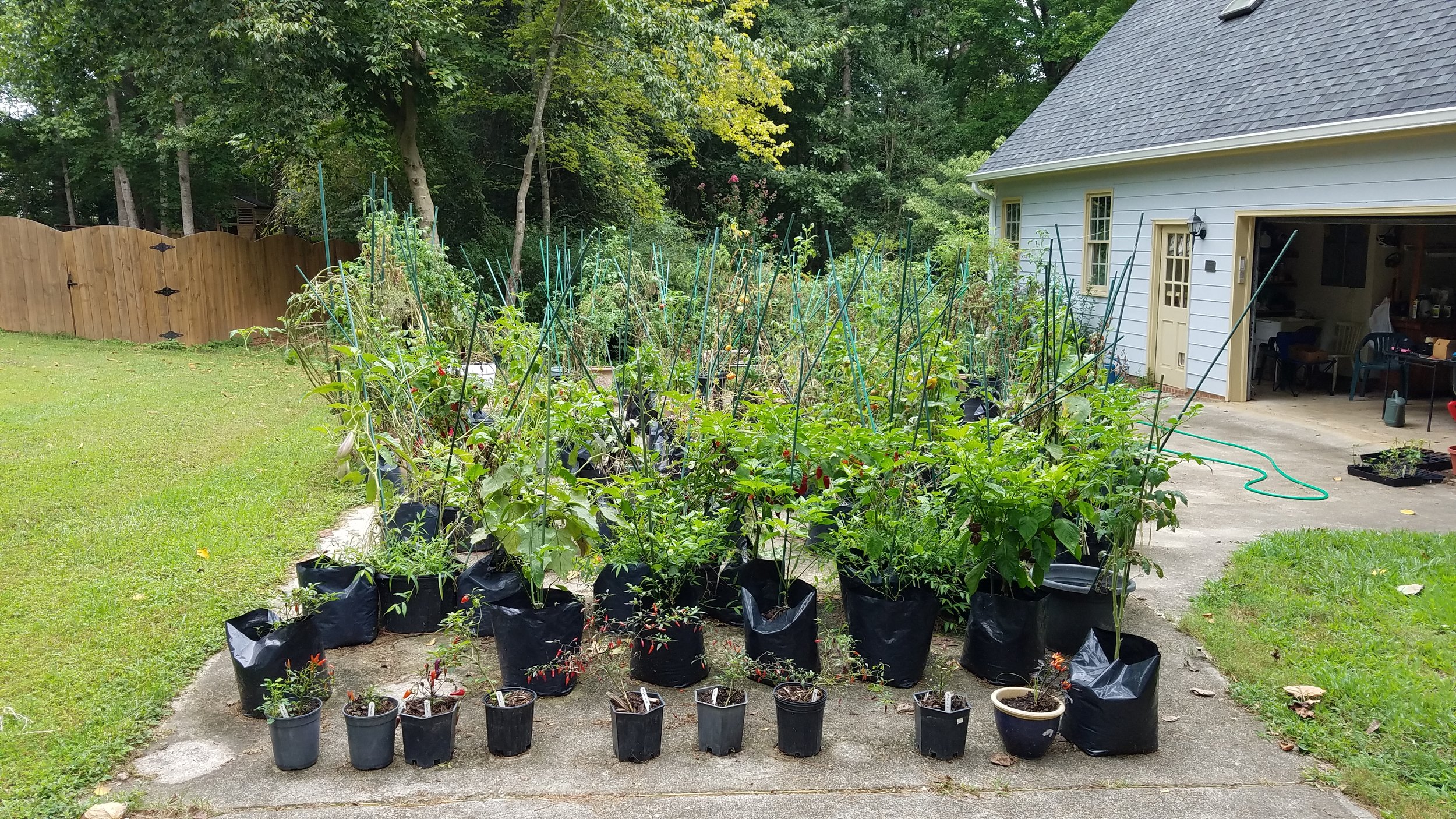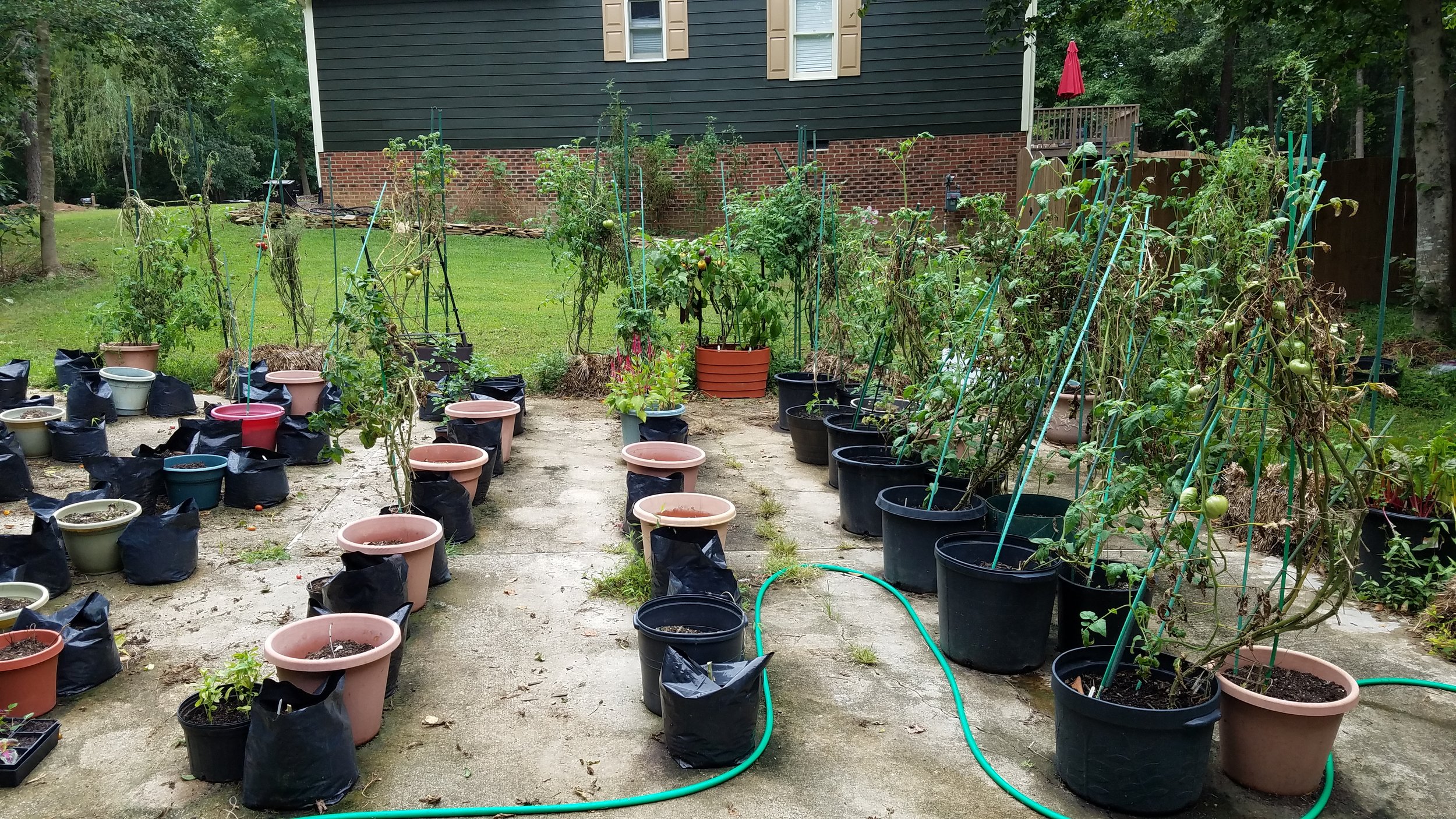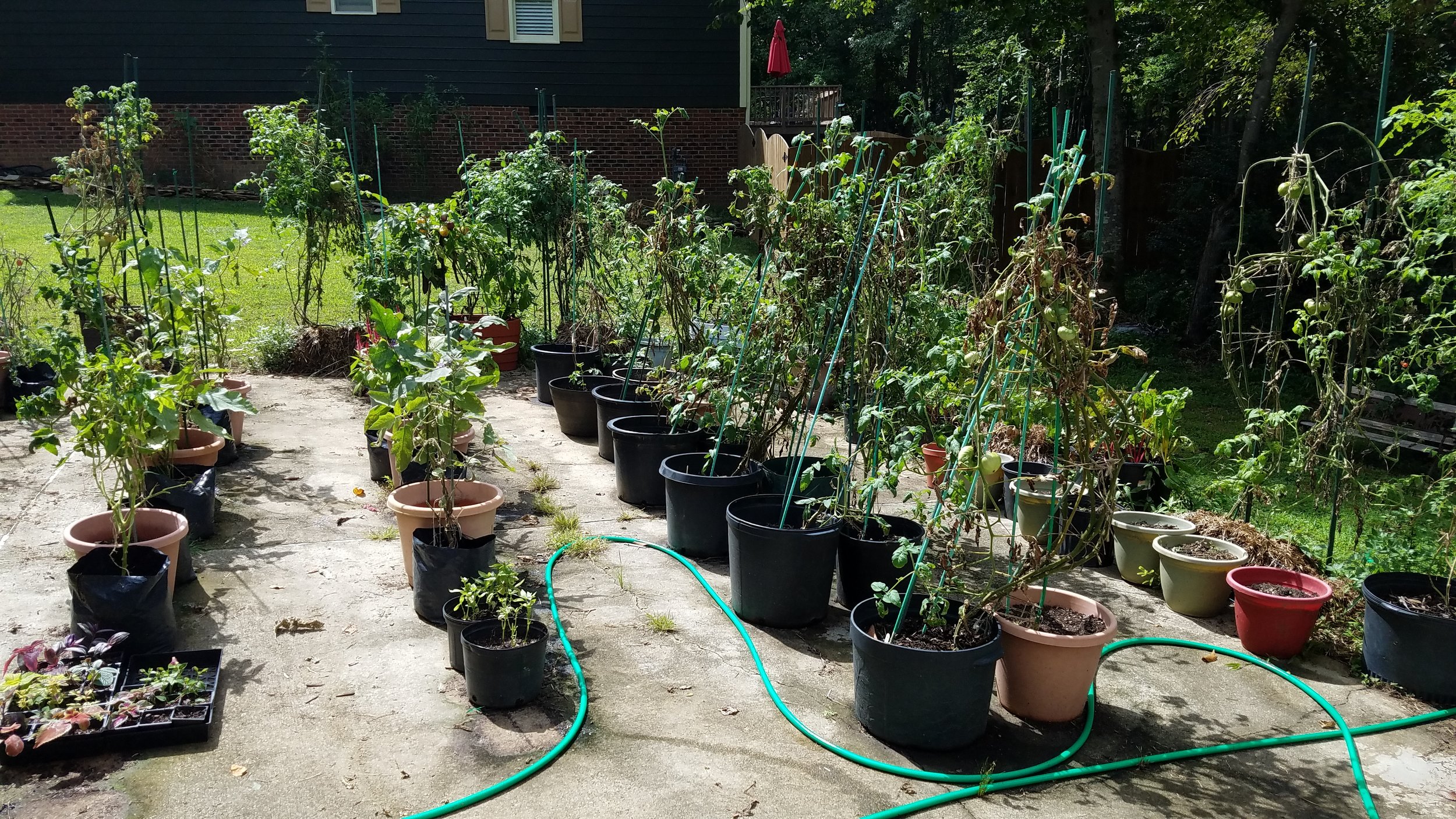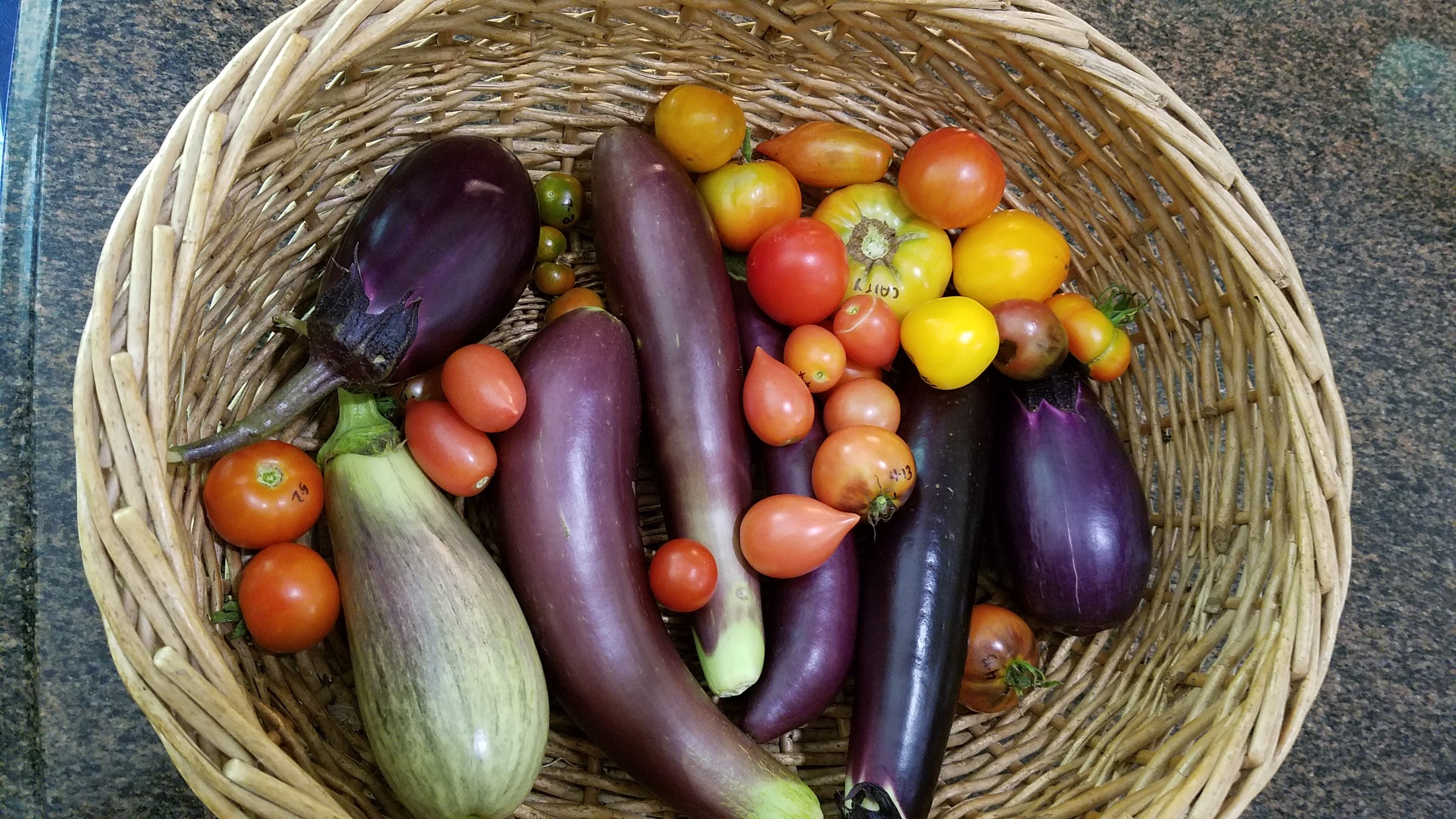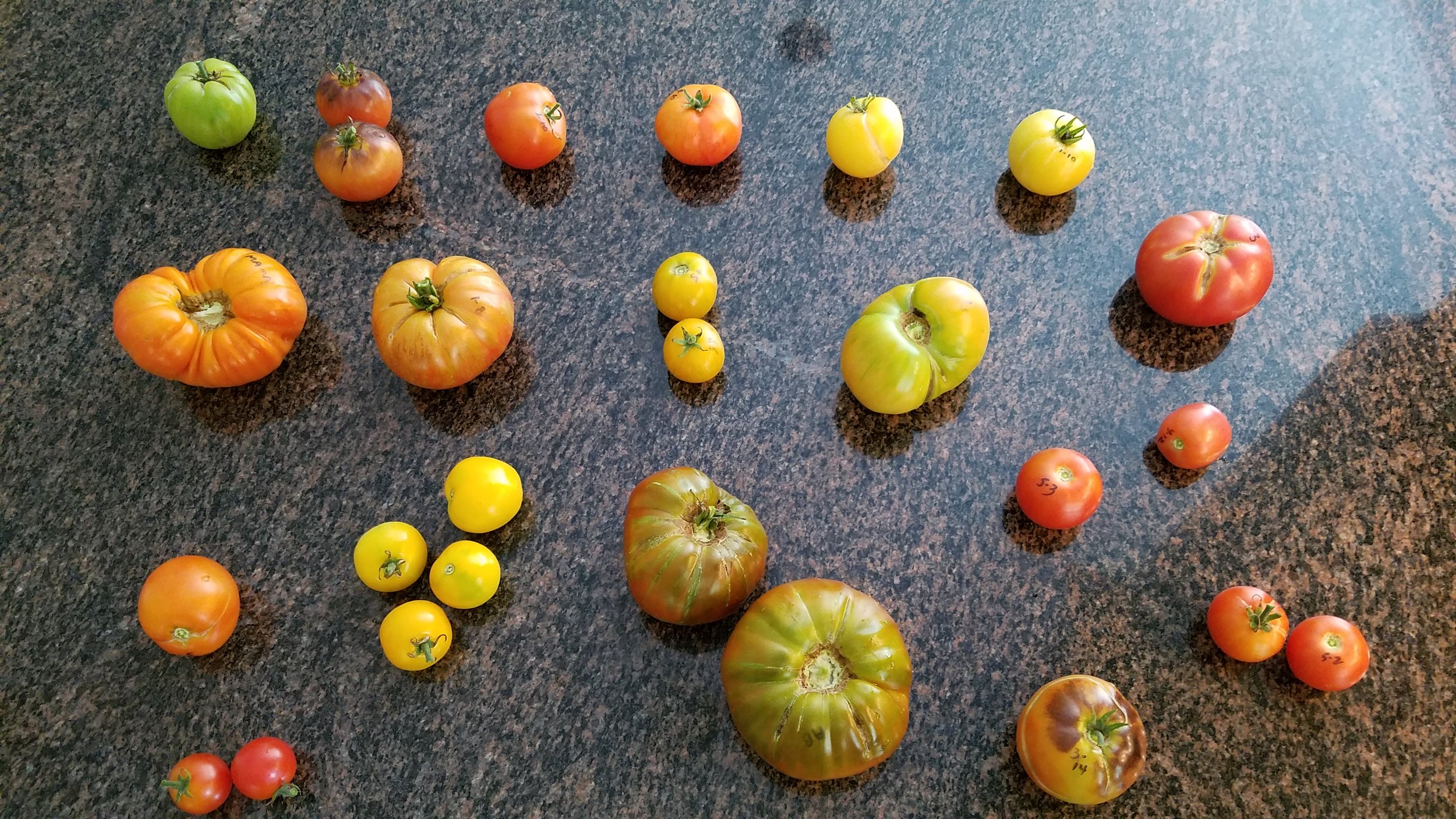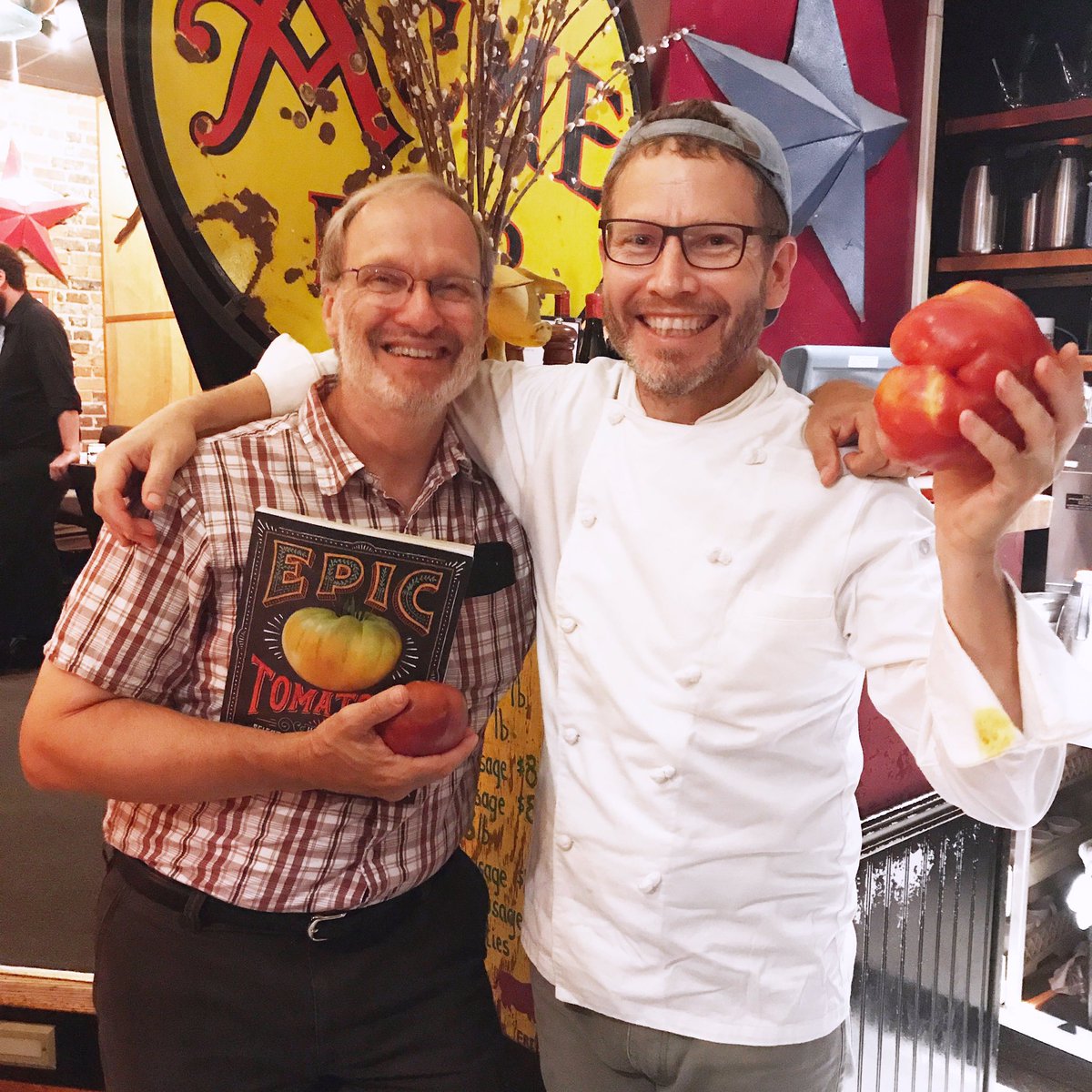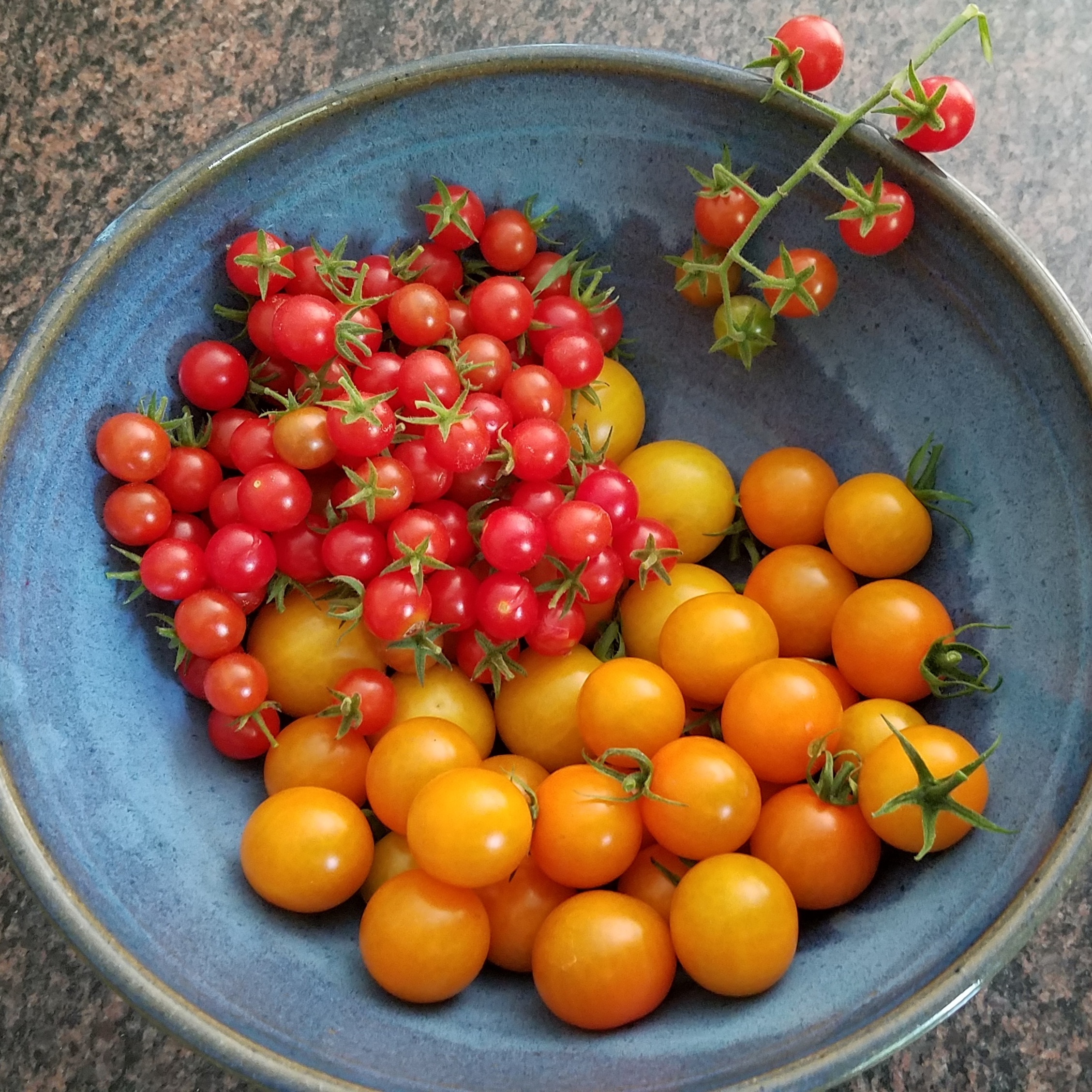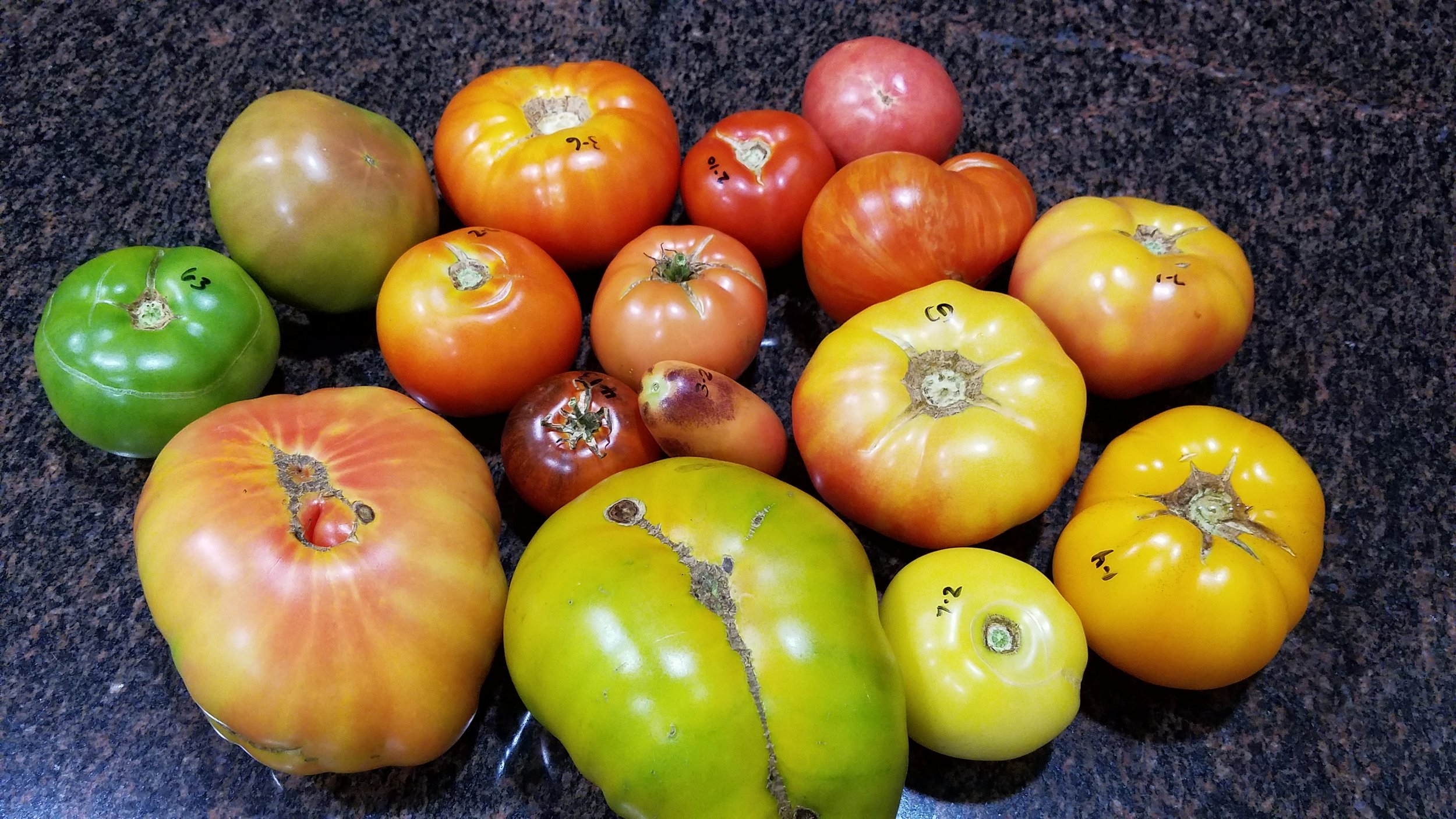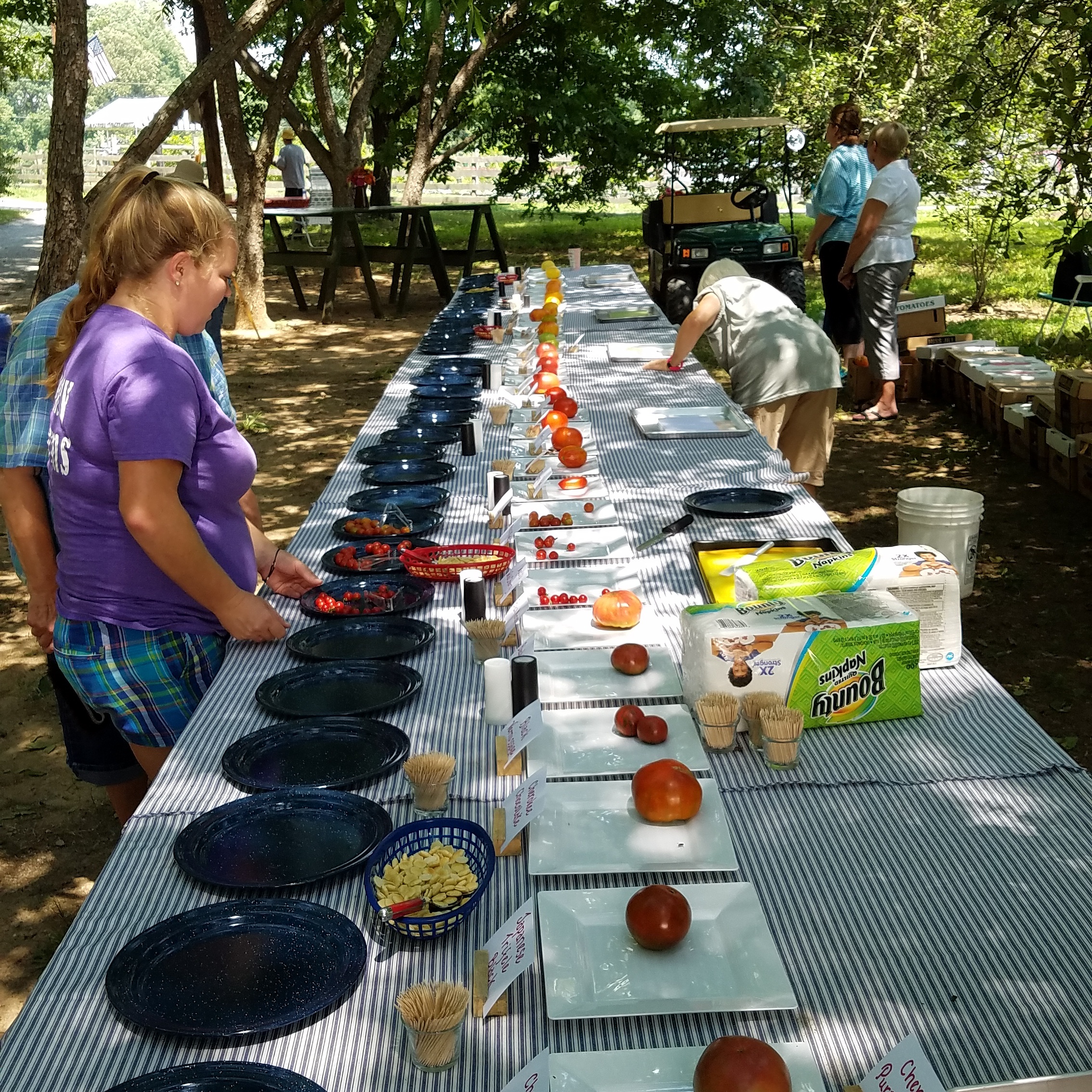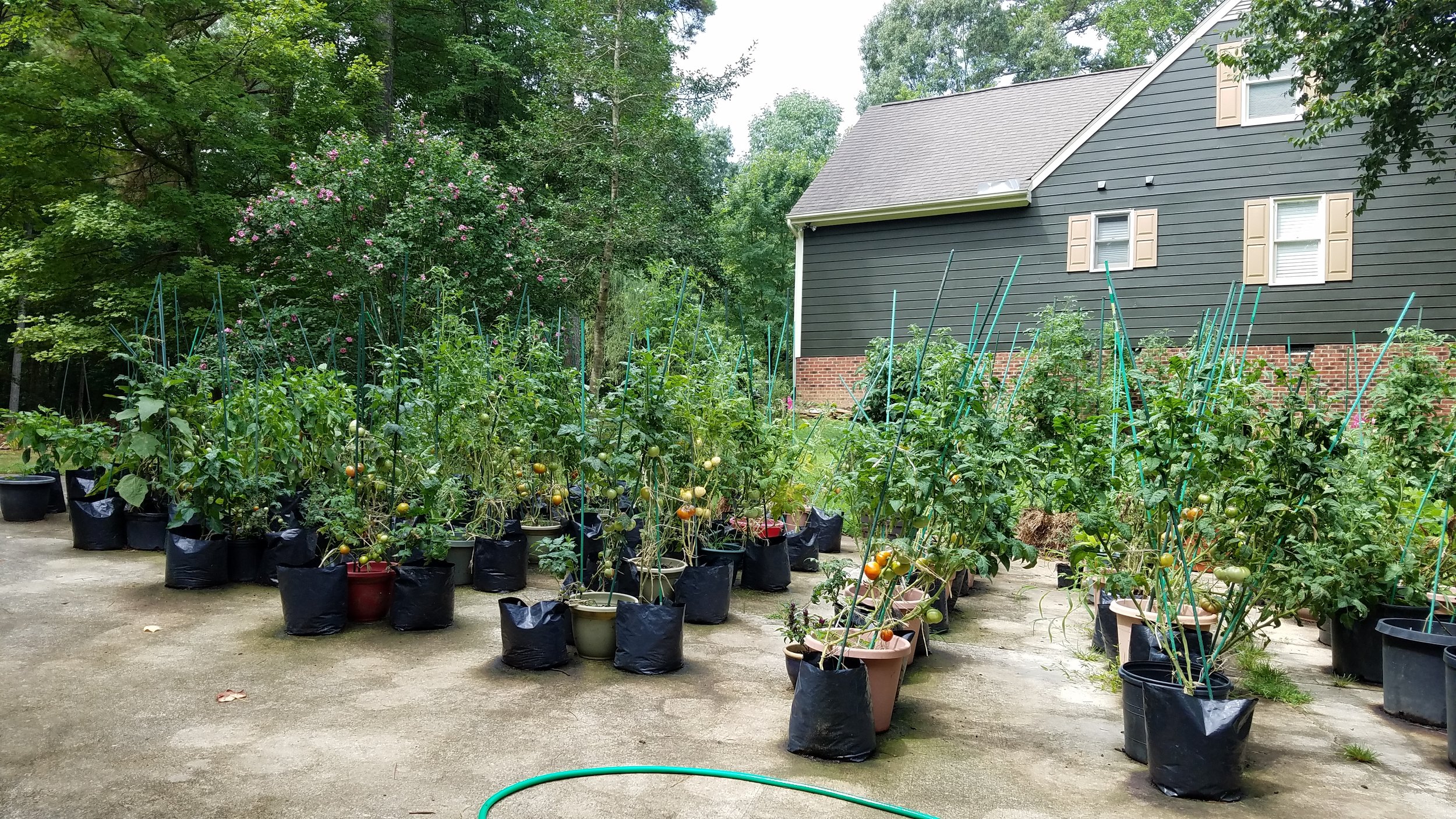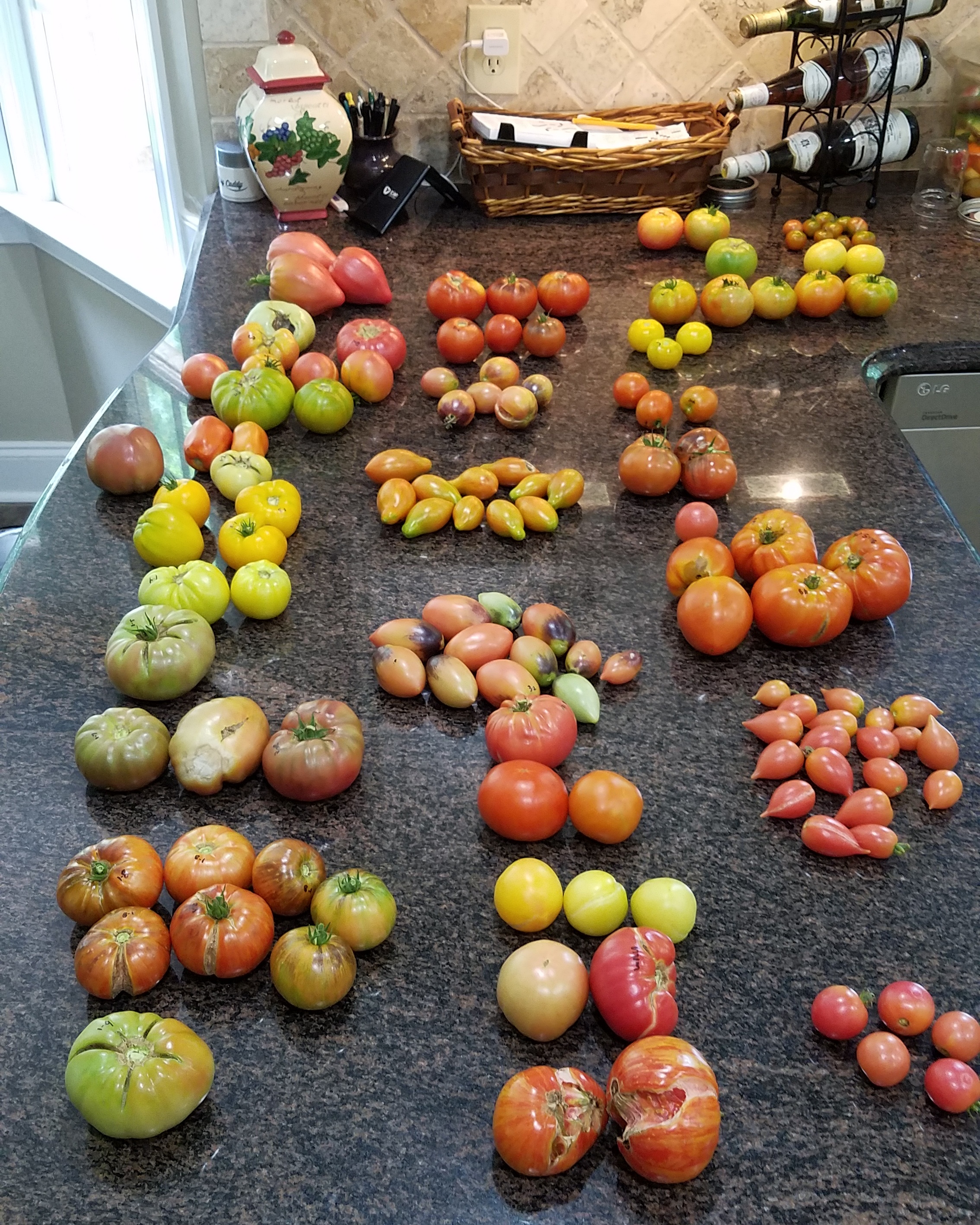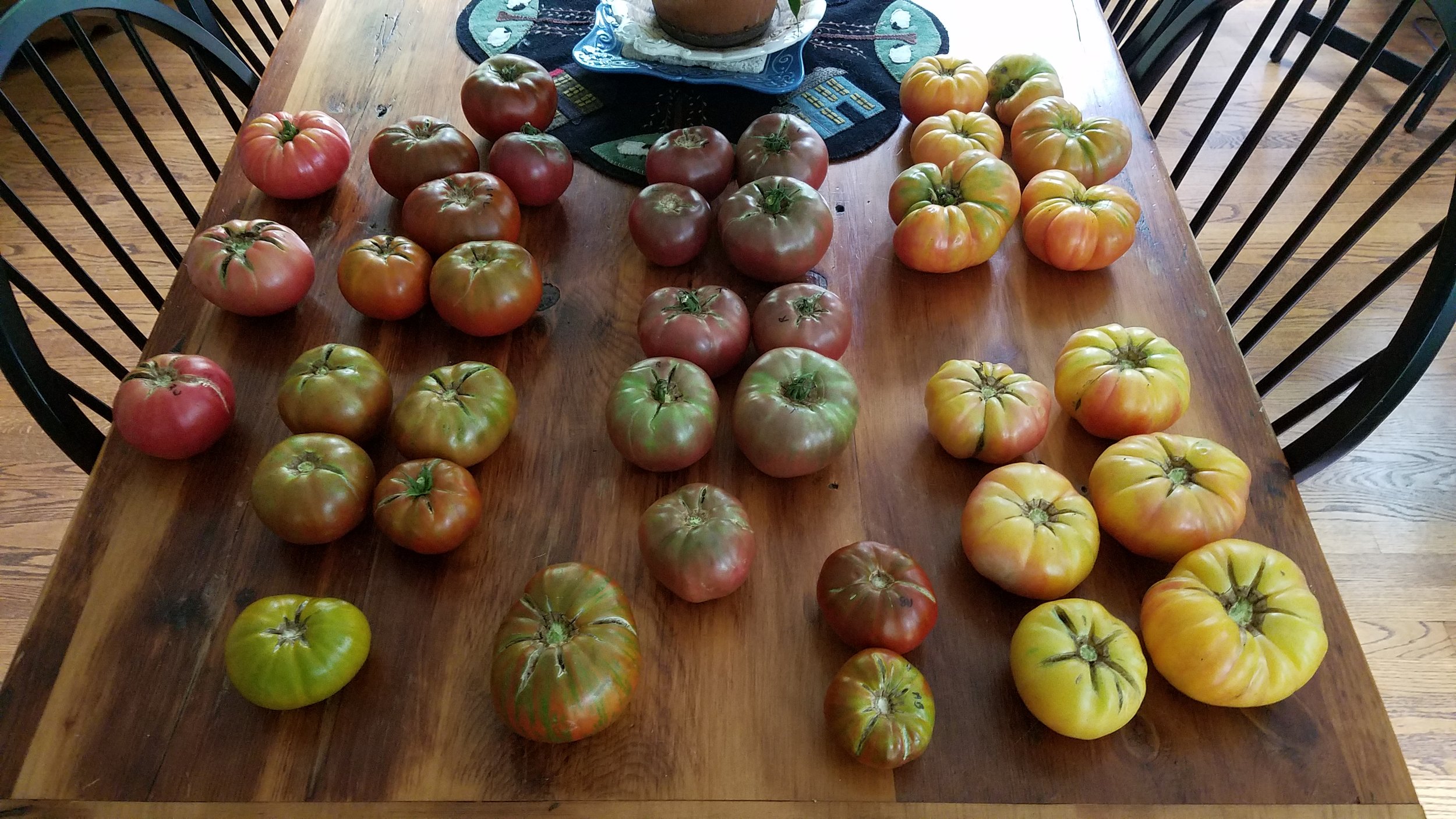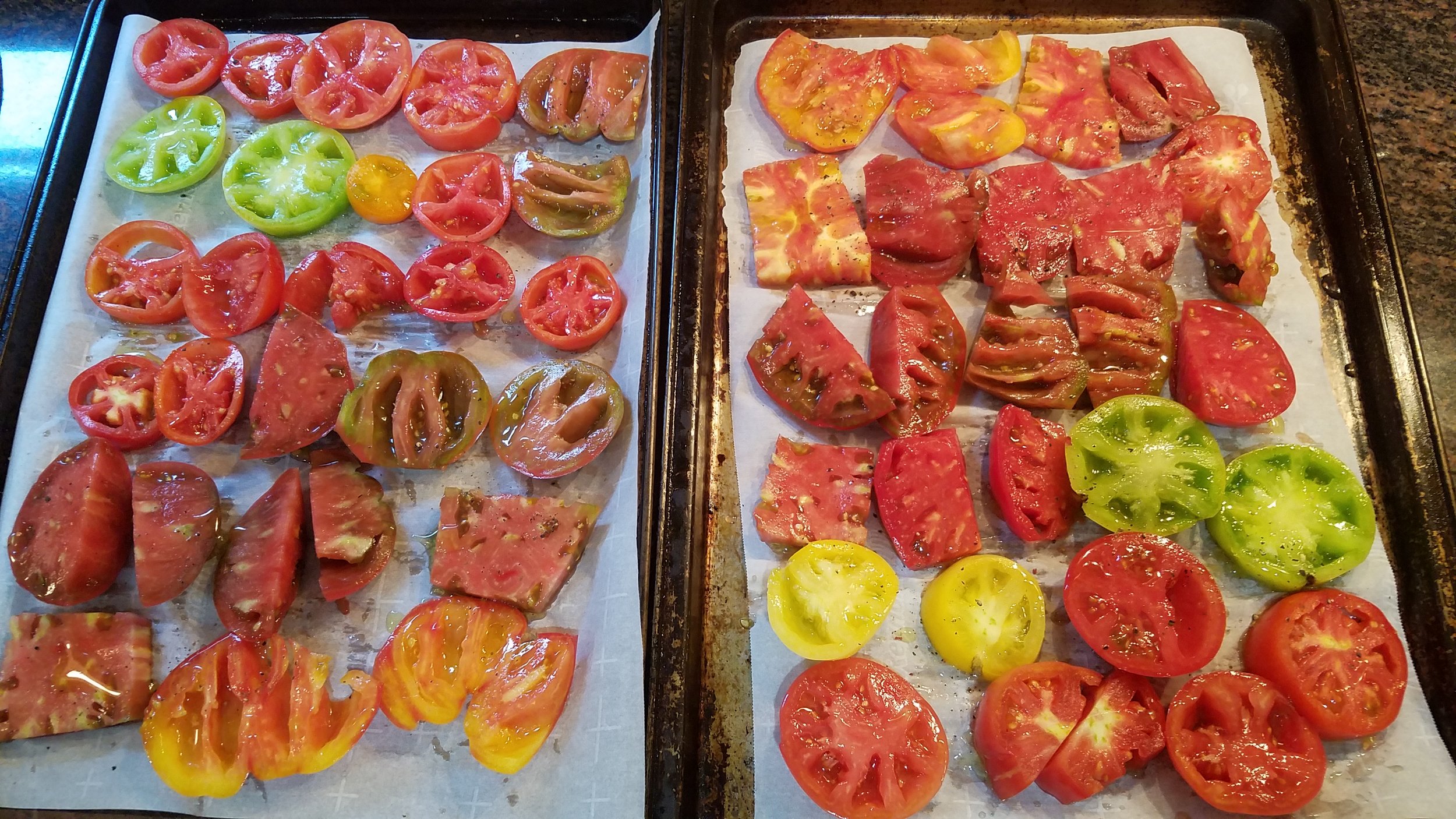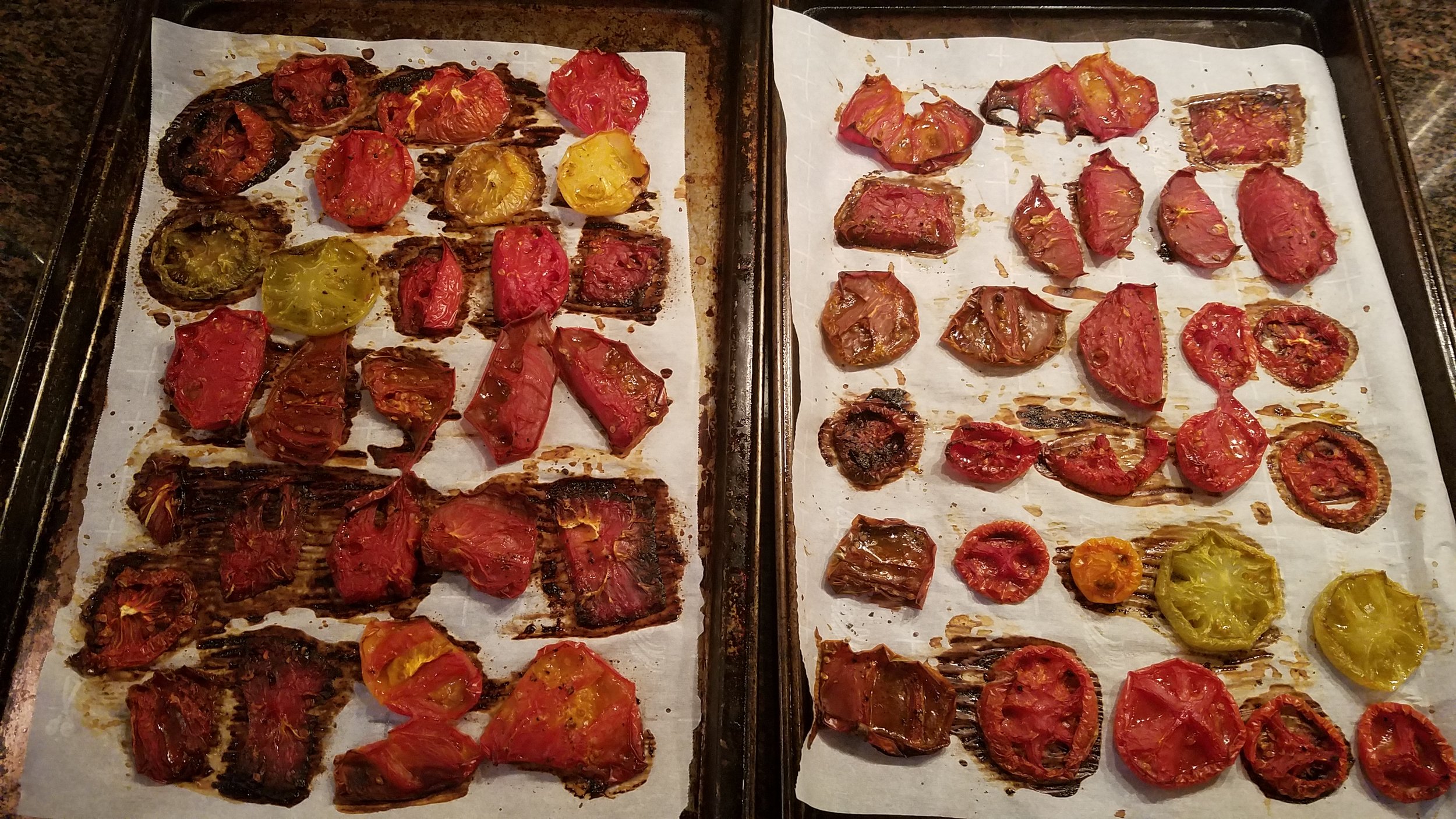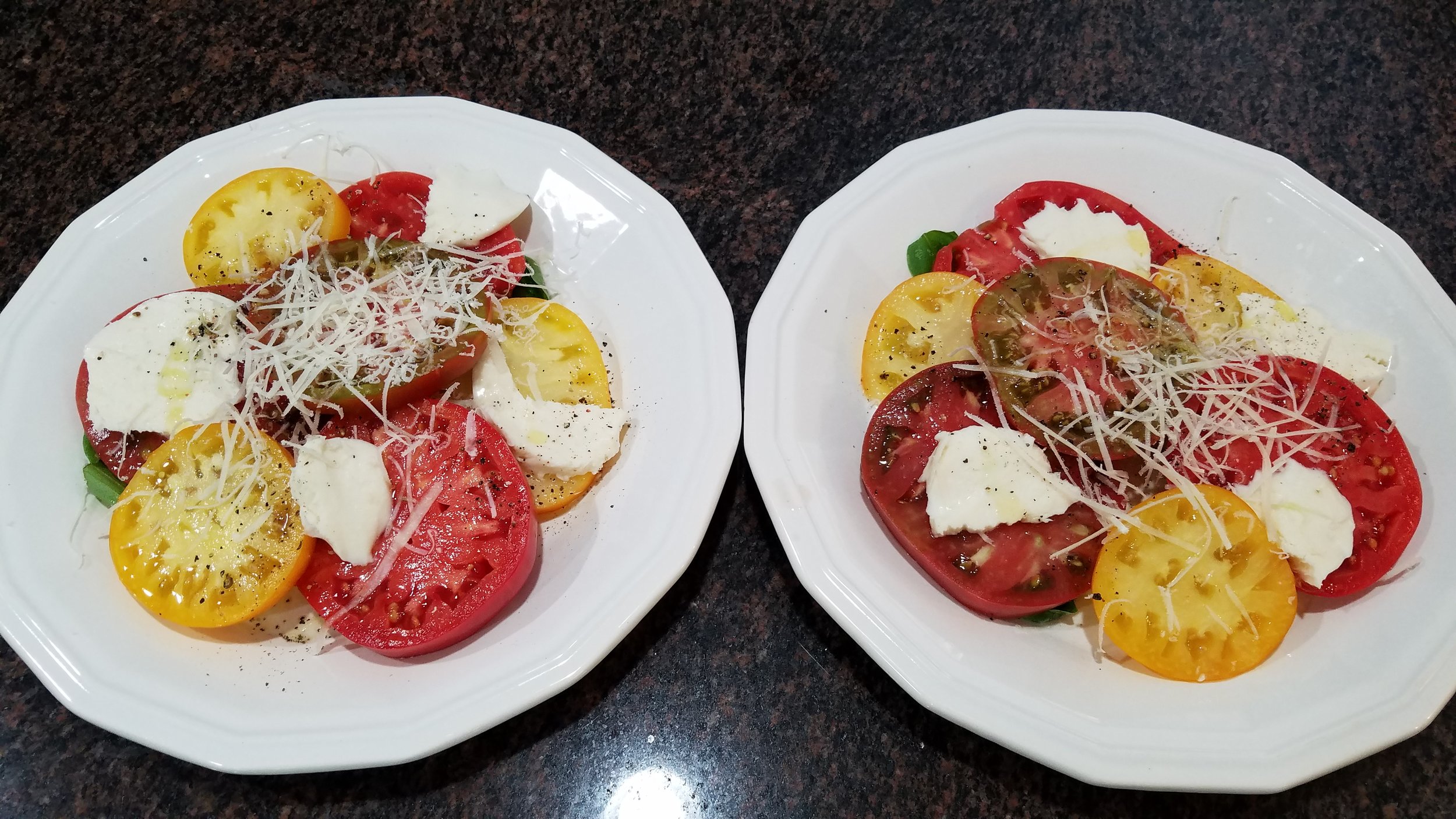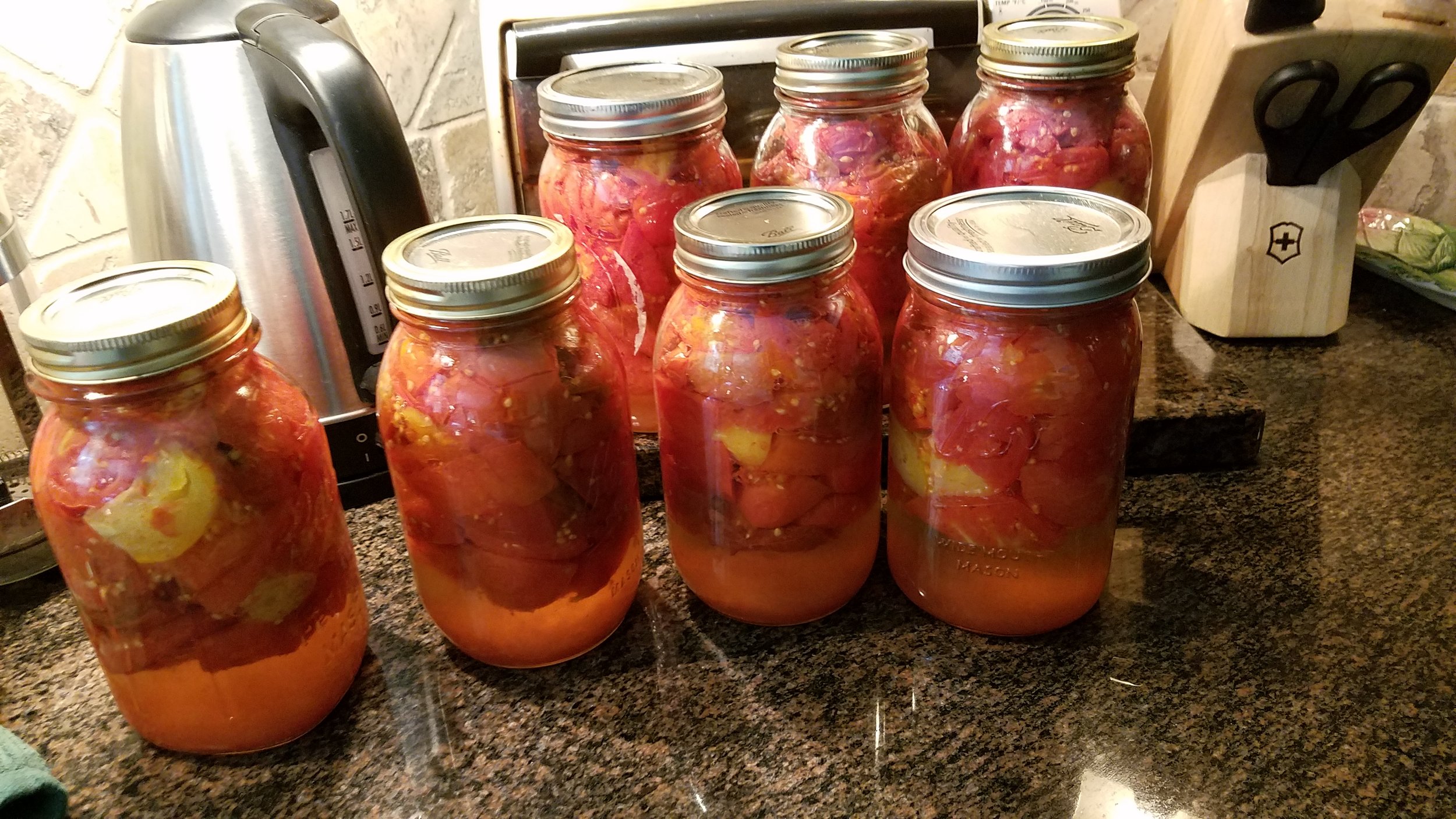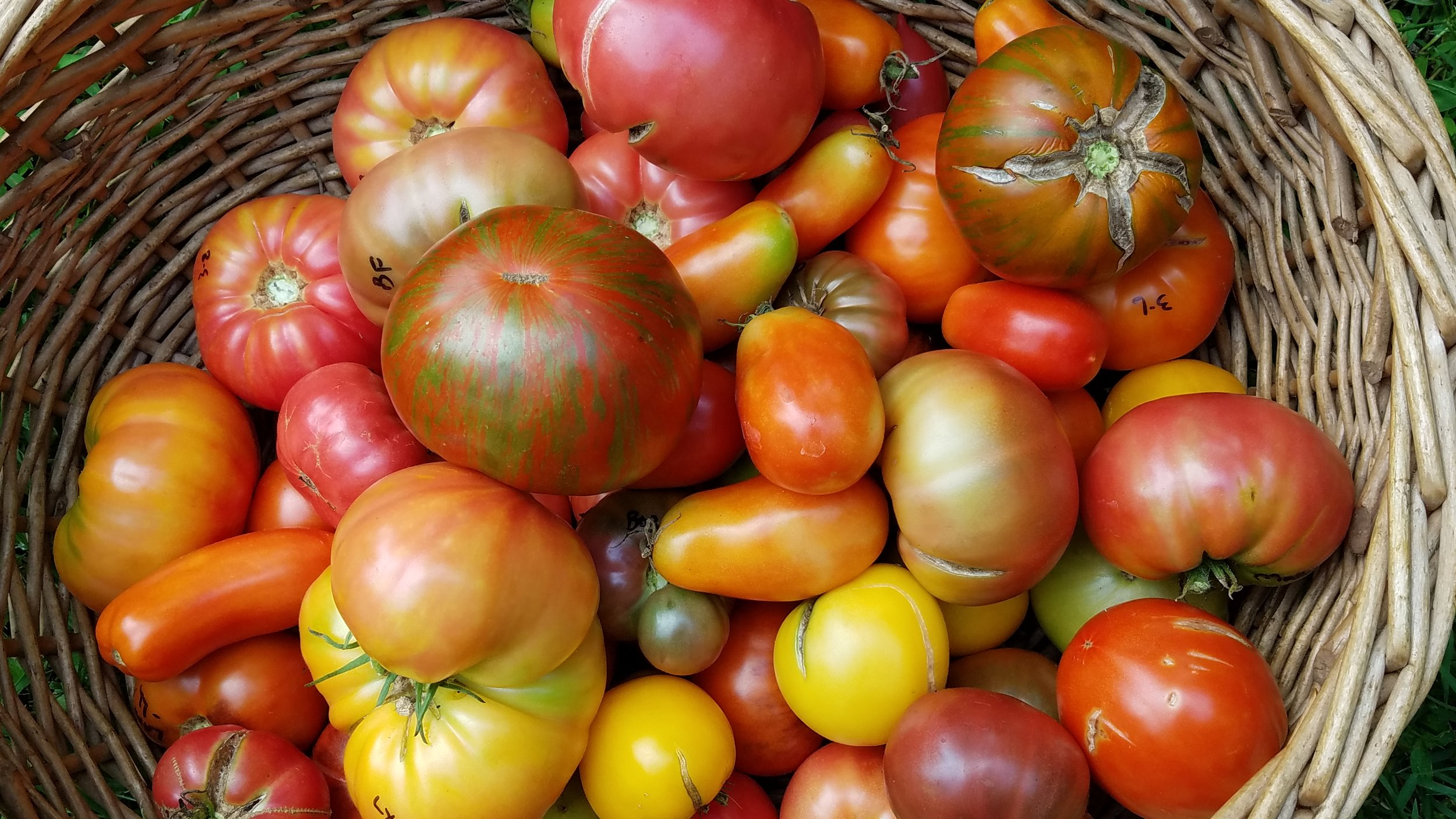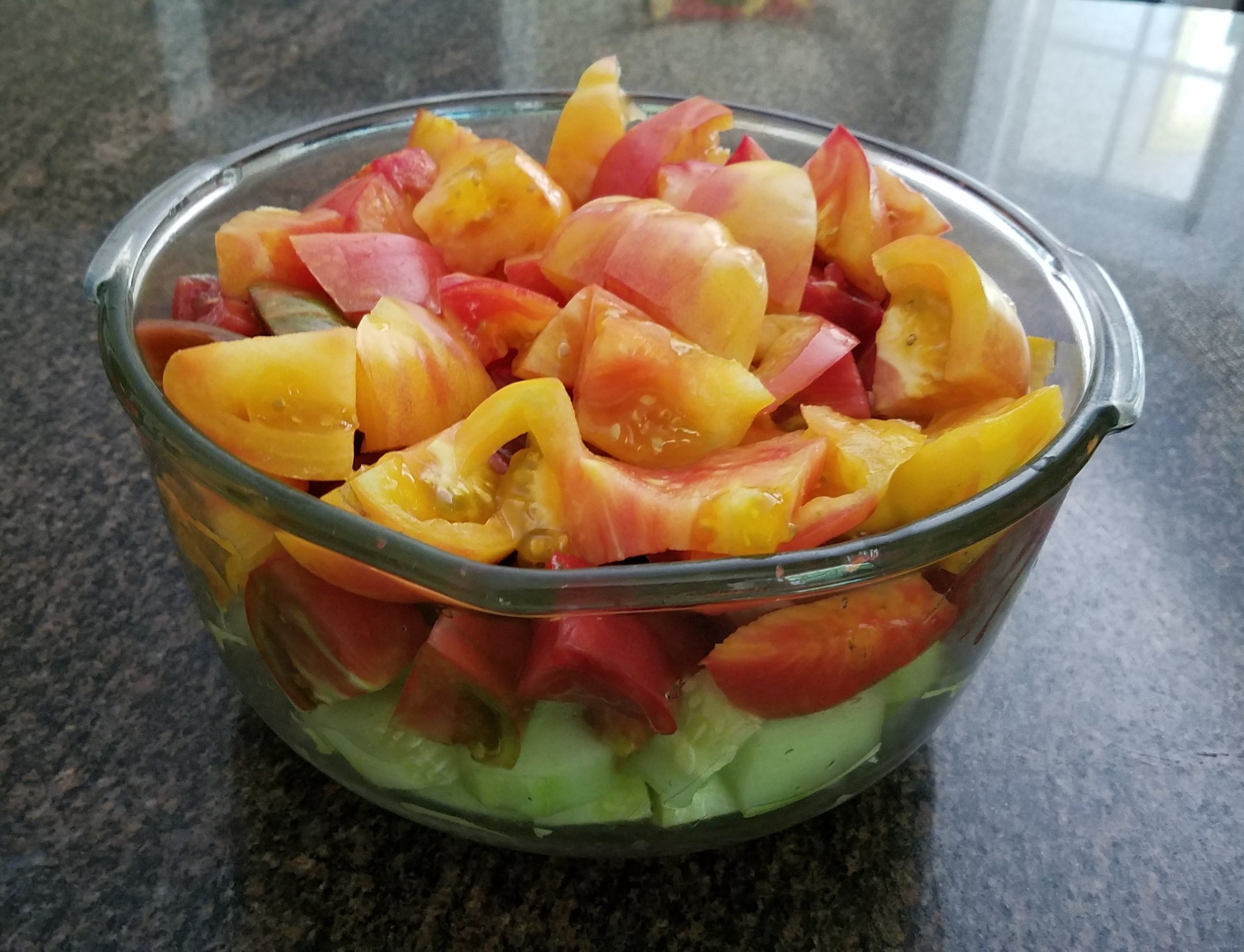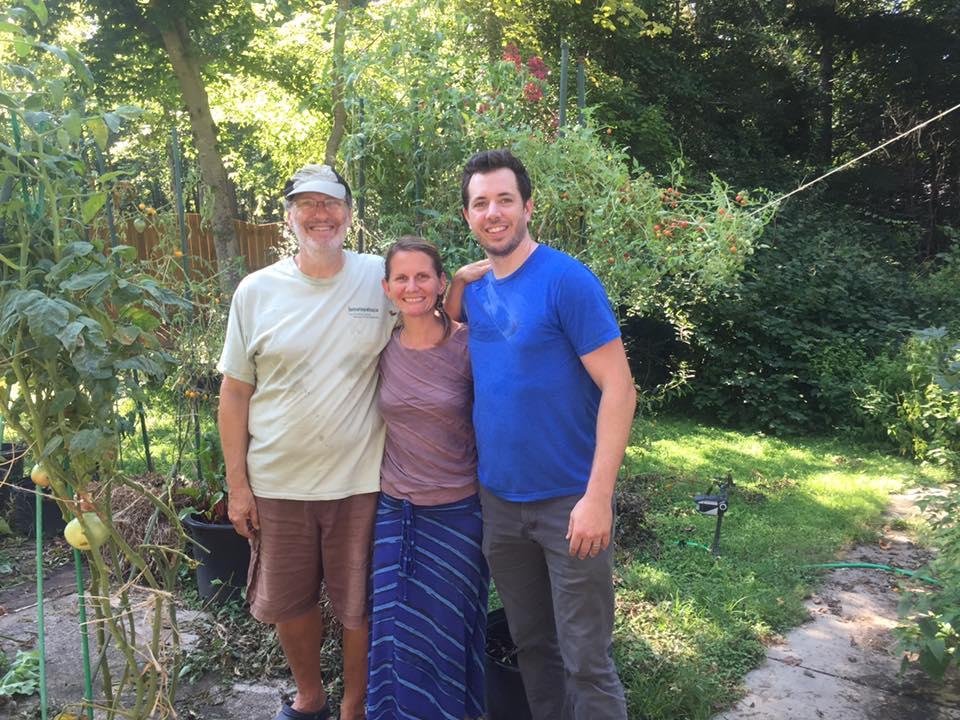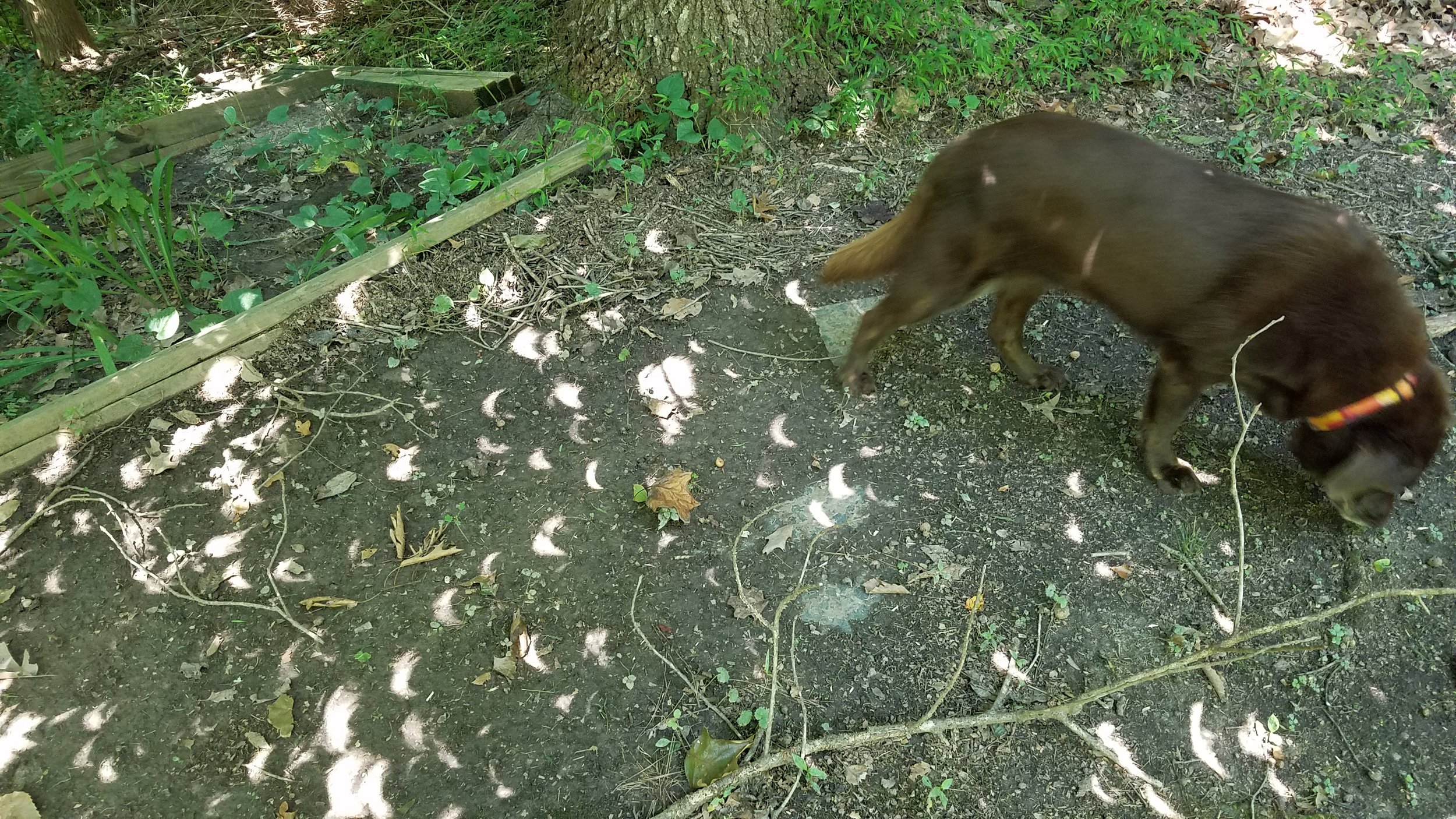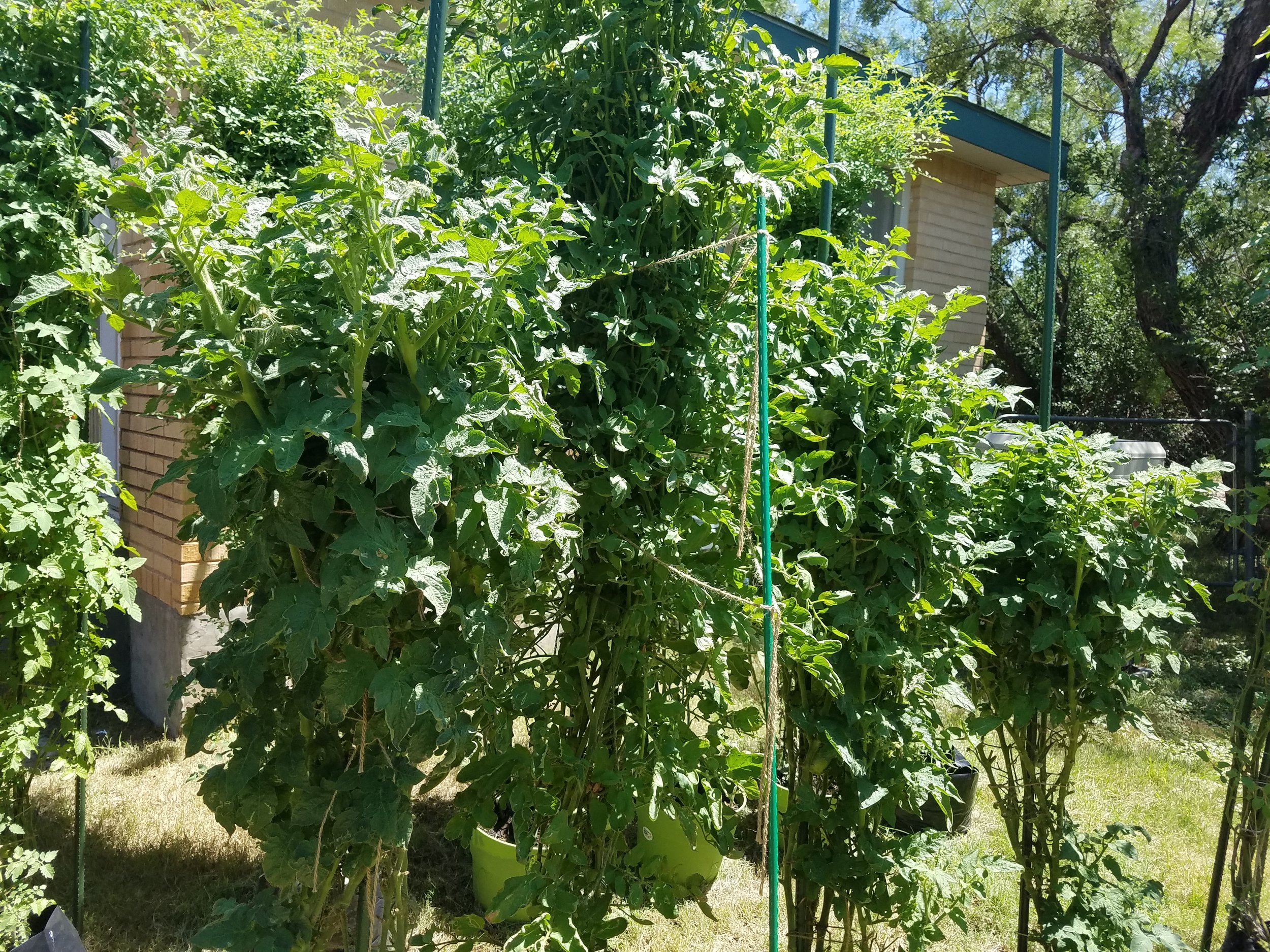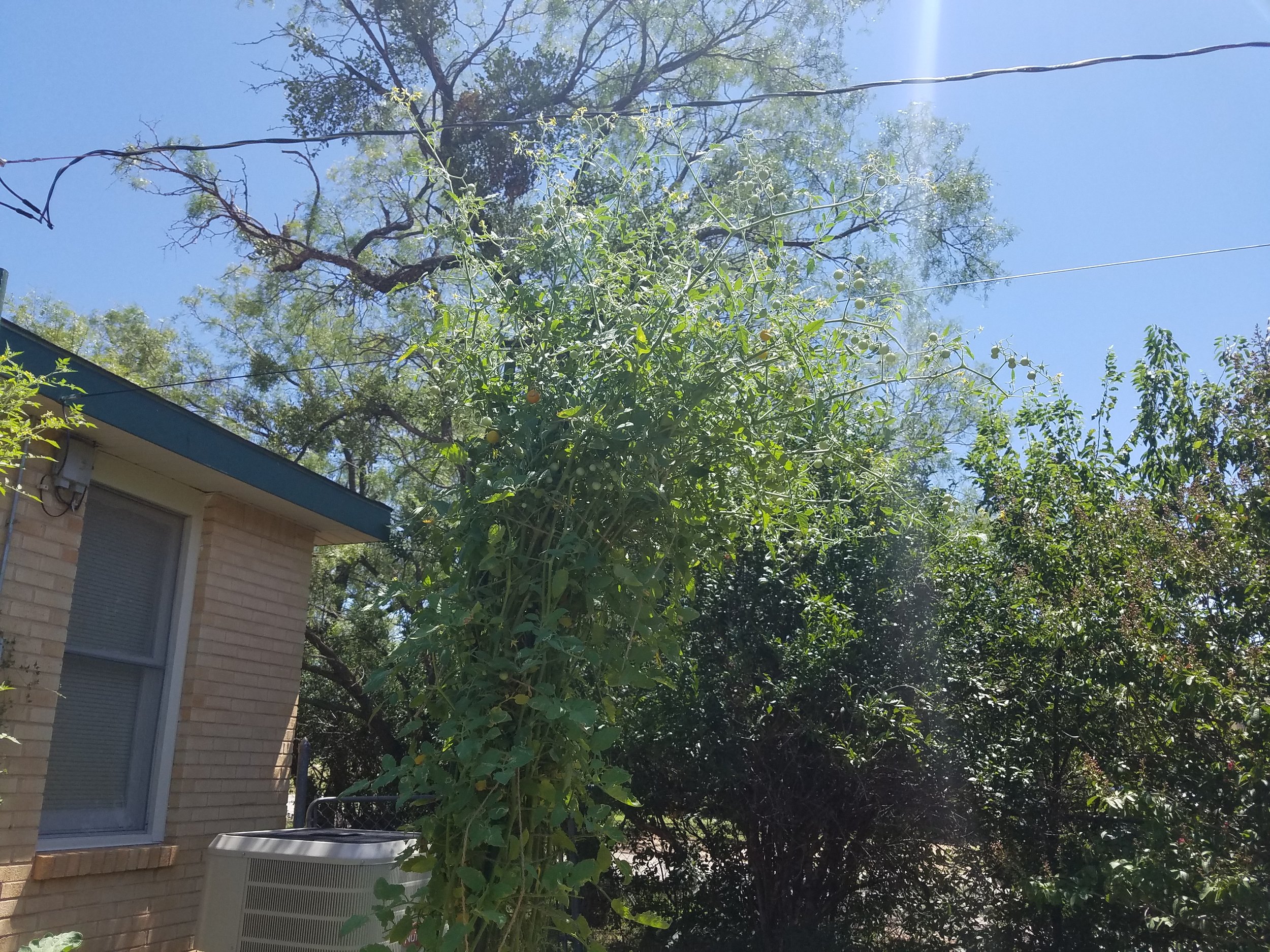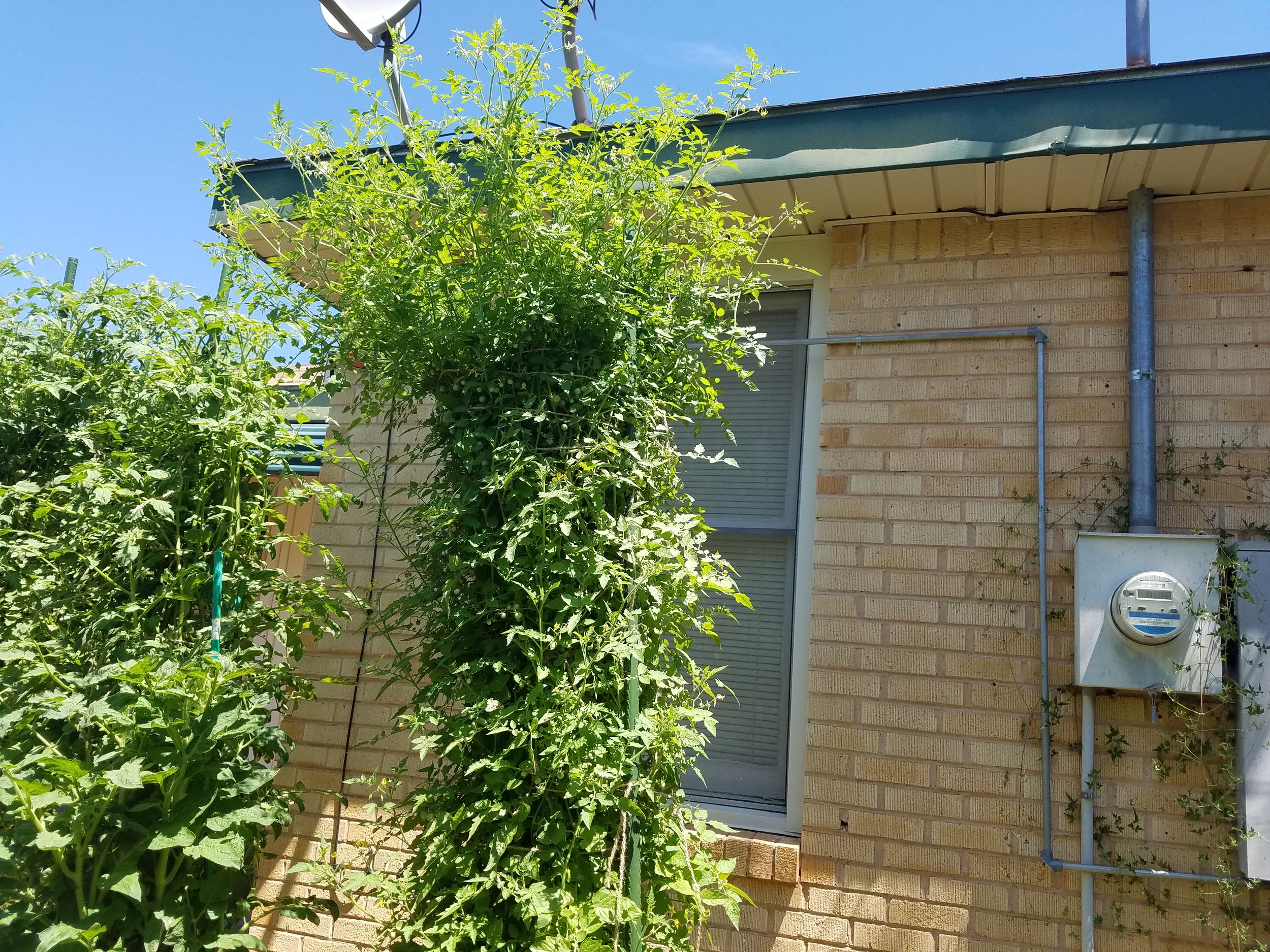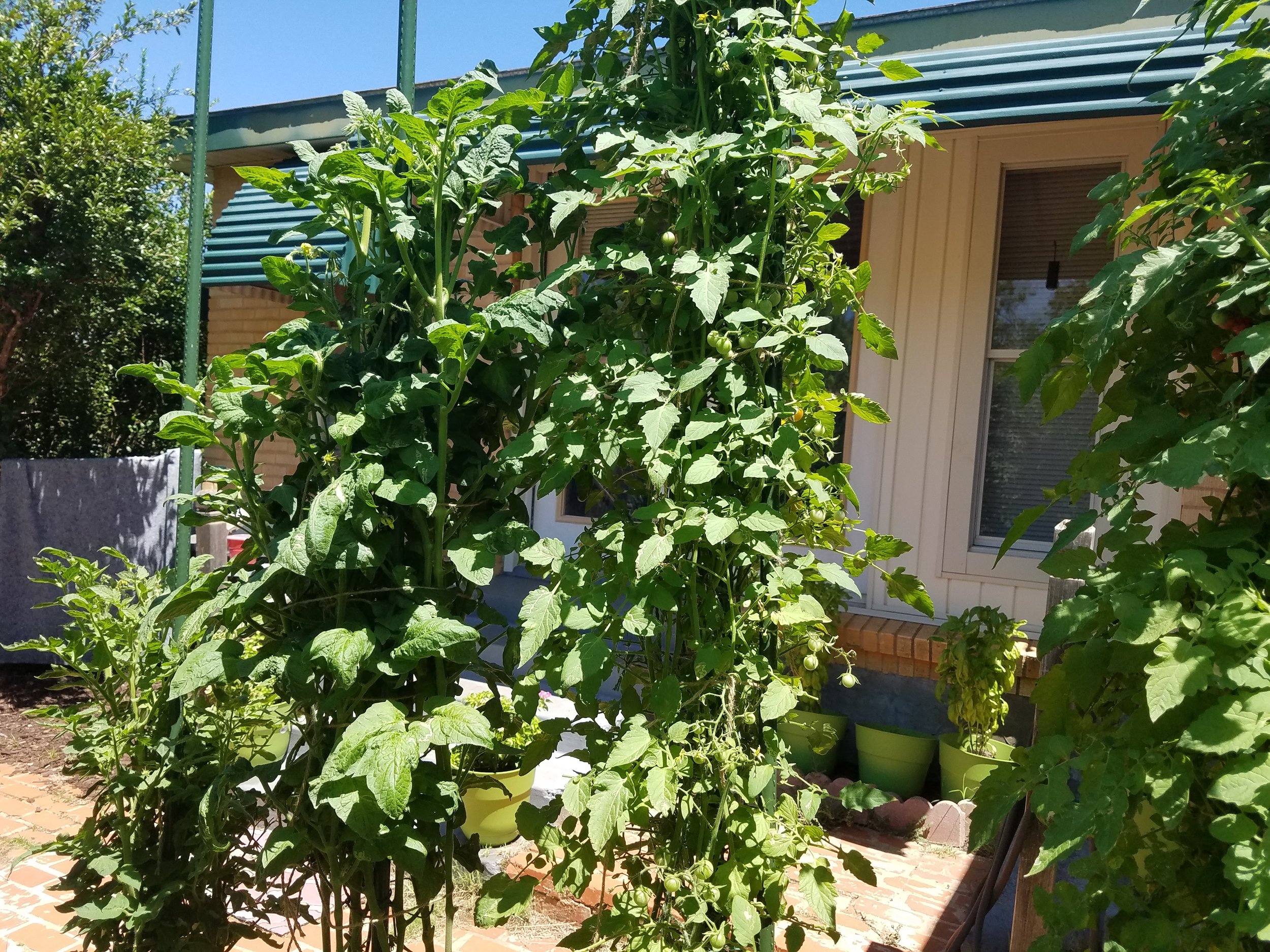I received a phone call on Monday that will stay with me for the rest of my life. It was the first notification of a tragedy - the death of a talented chef, wonderful husband and father, and friend, Sarig Agasi, chef at former Raleigh restaurants Butterflies and Zely & Ritz. What a loss for so many, far too young, and far too soon.
Sarig Agasi
I was first asked to participate in an heirloom tomato-themed dinner by Ashley Christensen at Enoteca Vin, in 2003 and 2004. They were small, intimate events, and just a hint into how enjoyable it can be to connect diners with the food on their plate. Zely & Ritz opened in late 2004, to be supplied with produce from Coon Rock Farm, created in 2005. It was exciting when I was asked to provide heirloom tomato seedlings to the farm, realizing that tomatoes from my babies would be used in the restaurant.
Zely & Ritz logo
Sarig contacted me about the possibility of providing some stories and answering questions at their first heirloom tomato dinner, in the summer of 2005. How I wish I saved copies of all of that and all subsequent menus, and spent some time blogging about all of the wonderful events...and that I took some pictures (cell phone cameras weren't the thing back then). My plants produced tomatoes that ended up on Zely & Ritz plates through 2009. Single summer tomato dinners turned into 5 or 6 events, each one filling the restaurant, often with repeat customers addicted to the wonderful food, and festive spirit.
Sarig's menu for the dinners settled down over time, and was beautifully and consistently executed. A typical dinner would go like this...starting with the best Gazpacho we ever had (the recipe for which is in my book, Epic Tomatoes, generously shared by Sarig with an OK to publish), a Caprese salad varied with whatever particular tomatoes were available, adorned with mozzarella and a balsamic glaze. Some variation of a superb risotto followed, typically stuffing smaller variety tomatoes such as Jaune Flamme or Tiger Tom. Then came a braised meat with a rich reduction of tomatoes as a "gravy". The dessert was often a time of mystery, occasional humor, and eventual triumph. From using Coyote in a sorbet to creating a version of tomato bread pudding, the answer ended up being a Panna Cotta using Sun Gold cherry tomatoes. Brilliant, and perfect.
Stuffed heirloom tomatoes on Risotto
Sue and I liked best sitting at the big, communal table and meeting a different set of tomato-eating aficionados at each event that we were available to attend. Sarig's wife, Nancy, always provided perfect wine accompaniment for each course and spent some time explaining each one. Sarig loved to come out of the kitchen and tell the guests about what they were about to consume. I was given the floor to take people through some stories about each tomato. I simply loved them, and it was certainly a privilege to have participated in them.
Sarig's special Sun Gold Panna Cotta
Heirloom tomato dinners won't be the same from now on. Actually, my summer gardens will feel differently as well. Sarig would often drop in - perhaps with some figs, or some plants that were extras from a planting at Coon Rock Farm, or a jar of home made salad dressing. Sometimes it would be to get some seedlings, or to walk through the garden - or just to have a chat about food, life, whatever was on his mind.
I've had my last drop-in from Sarig. They ended far too soon; he left us far too soon. Susan and my hearts, thoughts and prayers for peace and resolution go out to Nancy, and the children, Ziv, Geffen and Maytal. All we - any of us who were touched in some way - by Sarig and his friendship and talents - can do is to keep him, his humor, spirit, kindness - alive, and spread some of what we learned from him to others.




























